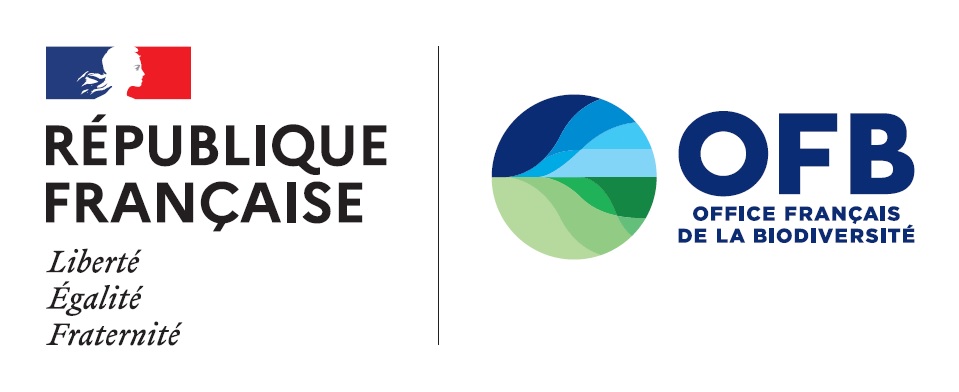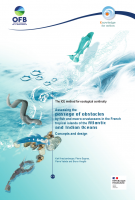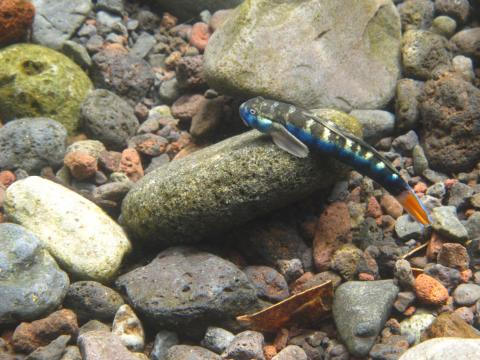The ICE method for ecological continuity - Assessing the passage of obstacles by fish and macro-crustaceans in the French tropical islands of the Atlantic and Indian Oceans - Concepts and design
Calling on the experience gained in deploying the Information on the continuity of ecosystems (ICE) method in continental France and in a partnership with all the overseas Environmental Directorates and Water Offices, OFB coordinated and facilitated the adaptation of the method to the tropical islands of Guadeloupe, Martinique, Mayotte and Réunion.
Description
This book summarises the main scientific and technical knowledge available internationally and presents the method as follows:
- chapter 1 presents the issues surrounding ecological continuity for fish and crustaceans in tropical islands of the Atlantic and Indian Oceans. It discusses the types of obstacles encountered, the ecological and functional issues concerning the movement of the species of fish and macro-crustaceans in question, and describes for each species the main environmental, ethological and physical factors determining the possibility and their capability of overcoming obstacles;
- chapter 2 elaborates on the fundamental concepts of the ICE method adapted to tropical islands of the Atlantic and Indian Oceans, the scope of its applicability, the groups of species under consideration, their characteristics and the five passability classes ranking the impacts of obstacles on the upstream migration of the species;
- chapter 3 examines in detail the proposed method and looks at each step in the diagnostic procedure to determine the passability of obstacles to upstream migration using decision trees and explanatory text. In the process, the criteria used to define the passability classes for commonly encountered types of obstacles are presented.
By comparing the hydraulic and physical characteristics of the assessed obstacle with the physical capabilities of the species, the method makes possible a scientifically sound, step-by-step analysis of the degree to which a given obstacle is passable by the species in question.
The method expands its scope by including an analysis of specific taxa and proposes an assessment and diagnostic procedure for the crawling capabilities of eels, the suction and climbing capabilities of Sicydiinae and the post-larvae/juveniles of small, benthic species, as well as the walking capabilities of macro-crustaceans.
This detailed and richly illustrated book clearly explains the method developed, the fundamental concepts and issues involved, and puts readers in a position to effectively implement the method in the field.
Évaluer le franchissement des obstacles par les poissons et macro-crustacés dans les départements insulaires ultramarins. Principes et méthode. Informations sur la continuité écologique - ICE
| Knowledge for action
| December 2019

À partir de la méthode ICE développée pour évaluer, en métropole, le franchissement des obstacles par les poissons, ce document vise à adapter cette méthode au contexte des départements insulaires ultramarins. Fiable et standardisée, la méthode permet d'évaluer le risque d'entrave généré par les obstacles, en confrontant leurs caractéristiques typologiques, géométriques et hydrauliques aux capacités de franchissement des espèces de poissons et macro-crustacés considérés.






